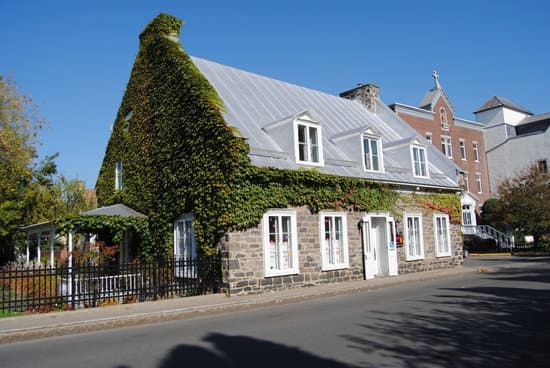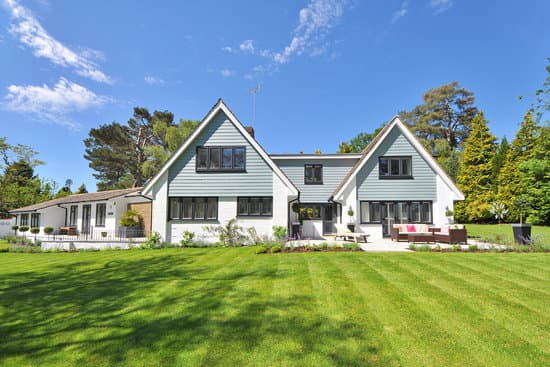The Scandinavian vs Nordic region is a topic that has caused some confusion. Although the terms are sometimes used interchangeably, there is a distinction between them.
Here are the main differences between Scandinavian and Nordic regions:
Scandinavia refers specifically to Denmark, Norway and Sweden, or the peninsula shared by Norway and Sweden.
Nordic, on the other hand, encompasses a wider geographical area that includes the three Scandinavian countries, as well as Finland, Iceland and the Faroe Islands.
The Nordic region is united not just by geography, but also by a shared history, culture and political system.
Together, the Nordic countries promote values such as equality, democracy, sustainability, and innovation.
The term Nordic has become more popular in recent years, especially outside of the region, because it highlights the connection between the countries beyond just the shared geography of Scandinavia.
In conclusion, while Scandinavia only refers to three countries, Nordic includes a larger region with cultural and political unity beyond geography.






















